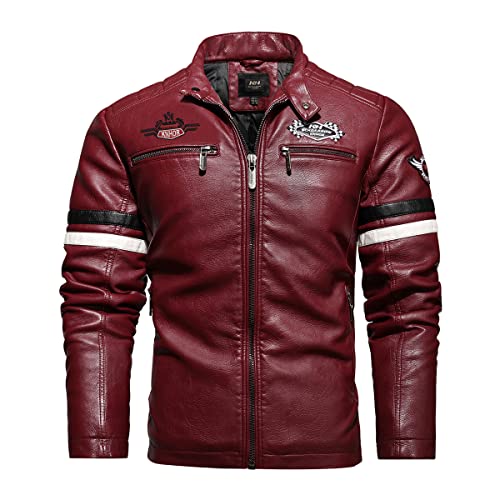When ever possible I like to wait a few minutes to allow the bike to warm up.
It doesn't take long.
Wheel the bike out of the garage.
Start it up,
walk around the bike, (it's called a circle check)
checking brake lights, head lights, turn indicators, running lights, horn
Go back and close the garage door,
lock the front door,
do up jacket,
put in ear plugs,
put helmet on,
put on glasses,
put on gloves,
and bingo you have the bike warmed up at two bars (gen 1)
Ok.... maybe you have to get on the bike flip up the kick stand and then wait 30 seconds.





























































